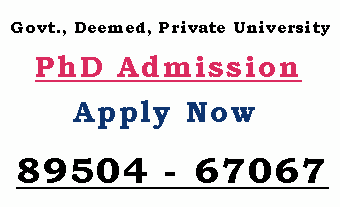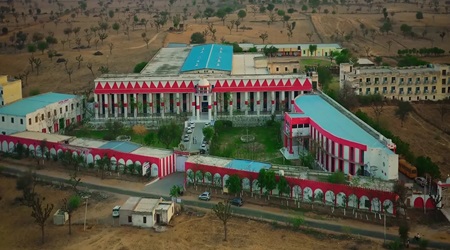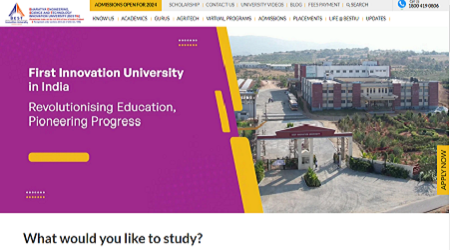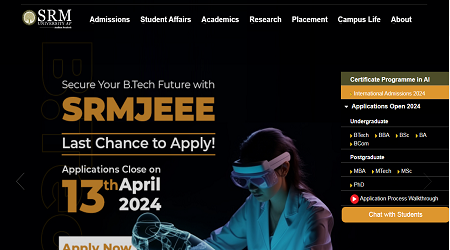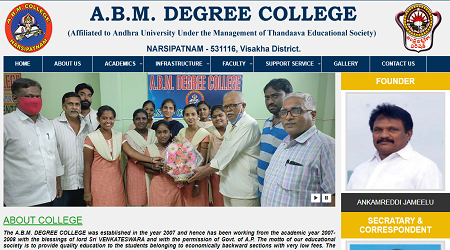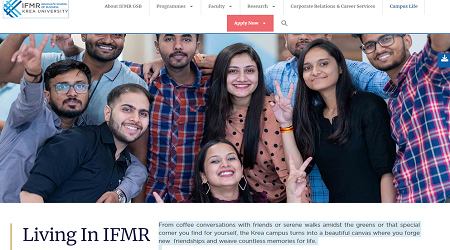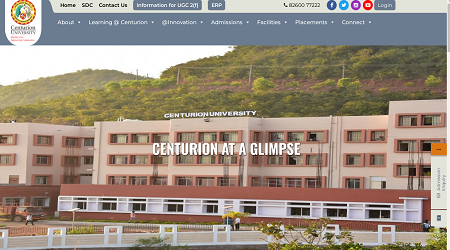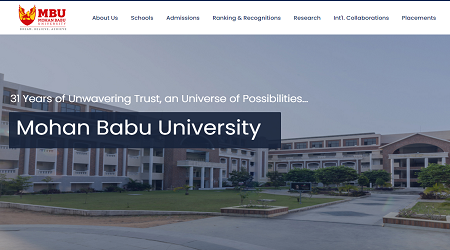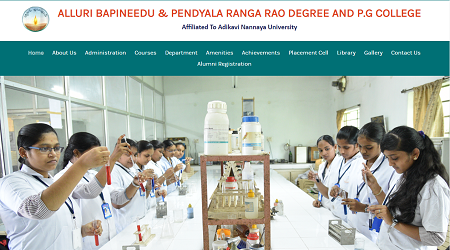How to Write an International Conference Paper?
international conference paper format, how to write a conference paper, how to write a conference paper pdf, how to write a conference paper in 2 days, example of conference paper presentation, conference paper publication, conference paper example humanities, international conference papers download,Preparing conference papers is a terrific approach to pique people’s interest in any research topic you’re working on, as well as bring in new ideas for a better project conclusion in the long run. Writing and submitting conference papers, on the other hand, necessitates a thoughtful approach in all areas, including writing, selecting a conference that focuses on a specific genre of research, and presenting the paper to the target audience in a way that piques their interest.
THREE_BUTTON
Smart Presentation Preparation for a Conference

In and of themselves, conference papers have a number of advantages:
- Network: Attending and/or presenting a conference paper provides tremendous networking chances due to the large number of research researchers that may be met and interacted with. Conference gatherings are frequently associated with publications, career prospects, and invitations to share one’s research materials.
- Practice for Interviews:Any conference’s post-paper Q&A session is a challenge that serves as valuable practice for job interviews later on.
- Benefits of Publication:Participating in a conference can result in the publication of your research papers. This is a huge step forward in terms of spreading the word about your research.
- Establishment of Research:Personal engagement with conference attendees enhances the likelihood of connecting their names to specific research and potential project advantages.

Concrete Steps to Write and Submit a Conference Paper
- Background Research (A Bit of): Before even beginning to prepare for a conference, a person must first consider a number of aspects.
- Location:A conference can be scary depending on the topics discussed, but it will be impossible to hold if the site is inaccessible or halfway around the world. It is preferable to wait, as specific genre conferences are organized all over the world.
- Paper Specification:Another important element to consider is the conference’s paper specificity. These include target audiences, submission and participation deadlines, and paper guidelines.
- Networking and Publication:To analyze networking capabilities and success, one need first define the field that other representatives and researchers will represent. Another thing to consider is some investigation into which publications are permitted to publish the papers delivered at the conference. Every publisher has its own set of norms and standards for publishing that must be examined.
- Abstract & Title:The creation of a distinctive abstract is critical, as an abstract has the power to inspire trust in the research work/paper you’ll be presenting. A title that is both attention-getting and successful in conveying the specificity and excitement of your work is in great demand.
- Structure, Style and Scope:Despite the fact that these three places have been amalgamated, they remain large areas in their own right and deserve all of our attention. A catchy title and concept followed by a drab structure will erode the trust your audience has placed in you. Your abstract’s energy must be uniformly distributed throughout all three of these sections.
- Focus or Concentration: Conference papers usually have a single topic rather than numerous ones, so the focus does not shift from one foothold to the next. The focus should be obvious from the title, and everything should represent this region.
- Body & Conclusion:This is the meaty section, which will include all of the specifics of your work, as well as graphs, statistics, pictorial representations, and data analysis. This section requires a logical structure to give your conference paper a specific shape. The conclusion, on the other hand, will re-engage your audience’s attention after they’ve been distracted by the heavy content. In the end, you must include research difficulties, your own devised answers, a review of your primary focus areas, and a “take away” note.
THREE_BUTTON
Writing a Conference Paper with Innovation
To prepare a conference paper, you must first comprehend the paper’s goal, discipline, and format. A conference paper, unlike any other study work, keeps the fresh idea or inventive proposal succinct and absolute. To address a specific problem or develop a new perspective on a certain topic, you should consider holding some brainstorming sessions for yourself. You must do it while expressing your in-depth knowledge and grasp of the issue in a very specific manner. Furthermore, it is critical that the audience, which consists of your colleagues, be encouraged to review your article.
To learn how to write a conference paper, keep your emphasis on improving your creative research technique and expressing it by following the steps outlined below:
Deal with a common topic -> Identify the challenge(s) -> Read a lot -> Brainstorm -> Find a solution to the identified challenge(s)
You may bring considerable relevance to the subject by providing a new and effective answer to your conference paper, and this is something that scholars appreciate.
Writing a Conference Paper with Precision
Always make a draught for a conference paper. Try to build your information around it. Repetition and needless information should be avoided at all costs. Never use a word or a statement that isn’t related to the issue.
Your introduction should be written to pique the audience’s curiosity. There is no need to provide any references to previous research. You’re not supposed to go into detail about how you got the findings. Simply keep focused on explaining the results of your investigation. Finish the conference paper with affirmations and research potential for the future.

Write a conference paper that addresses the following aspects in great detail and detail:
Declare the purpose of your presentation in the first paragraph of your paper. It should be backed up with relevant data and statistics. With great precision, explain the goal and objectives. Make certain that the database information you provide is correct, valid, and complete. Explain the findings you came up with while tackling the research problem. Describe the significance of your paper and how it will be remembered in the future. At each step, thank the previous researcher who assisted you with the research. Add your lengthy thought to each stage.
THREE_BUTTON
In every sentence of your conference paper, be exact and concrete while remaining expressive.
Latest News & Updates
- GLS University Phd in Civil Engineering Admission 2024-25, Fees and Research Assistance
- GLS University Phd in Electrical Engineering Admission 2024-25, Fees and Research Assistance
- GLS University Phd in Mechanical Engineering Admission 2024-25, Fees and Research Assistance
- GLS University Phd in Electronics & Communications Engineering Admission 2024-25, Fees and Research Assistance
- GLS University Phd in Computer Science & Engineering Admission 2024-25, Eligibility, Fees and Guidelines
- G H Raisoni University Phd in Applied Arts Admission 2024-25, Eligibility, Fees and Guidelines
- GLS University Phd in Law Admission 2024-25, Fees and Research Assistance
- GLS University Phd in Computer Applications Admission 2024-25, Eligibility, Fees and Guidelines
- GIET University Phd in Electrical and Electronics Engineering Admission 2024-25, Fees and Research Assistance
- GIET University Phd in Chemical Engineering Admission 2024-25, Fees and Research Assistance
Top Courses
- BACHELOR OF ARCHITECTURE
- BACHELOR OF ARTS IN ADVERTISING AND BRAND MANAGEMENT
- BACHELOR OF LEGISLATIVE LAW
- BACHELOR OF BUSINESS ADMINISTRATION IN AVIATION
- BACHELOR OF ARTS IN AIRLINES, HOSPITALITY AND CUSTOMER CARE
- Bachelor of Arts
- BACHELOR OF ARTS IN ANCIENT INDIAN CULTURE
- BACHELOR OF ARTS IN ANCIENT HISTORY
- BACHELOR OF SCIENCE IN AGRICULTURE
- BACHELOR OF COMMERCE
